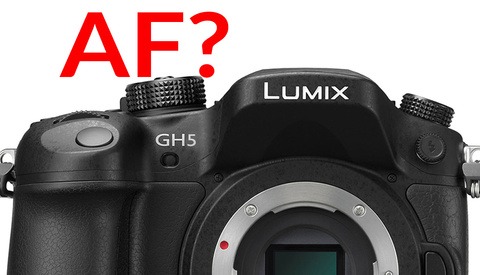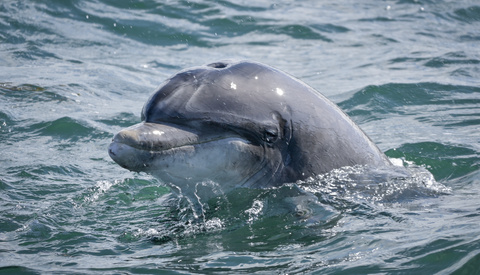Is the Infinite Black and White Plugin a Great Alternative to Silver Efex Pro?
Infinite Tools released a range of great plugins for Photoshop. Being a fan of black and white, I decided to delve into it and see how well it works. Would it help Photoshop compete against the ever-growing and very good competition?





























